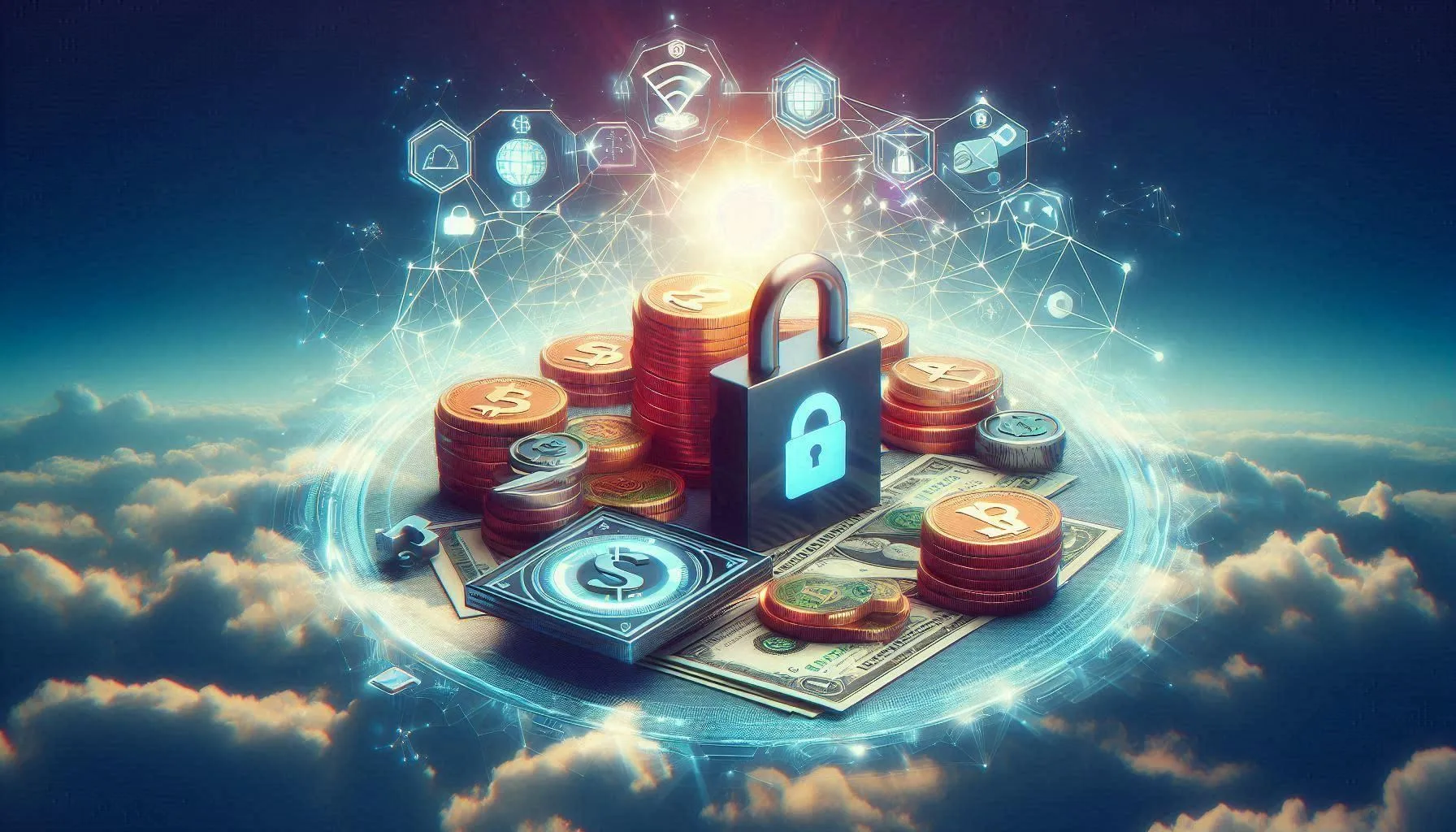5 minute read
As few as 50% of people are fully financially literate, based on recent data from GFLEC, which means there’s a lot of work to do in order to both educate and empower individuals to become the masters of their own money.
Blockchain technology is an intriguing and emergent example of how this can be achieved, so let’s talk through the ways in which its transformative impact is being felt in the personal finance sphere.
The Dawn of the Decentralized Banking Age
Decentralized banking is turning the personal finance world on its head, and as a market should be worth more than $26 billion by the end of the year. Unlike traditional banks, decentralized finance (DeFi) platforms cut out intermediaries, giving users direct control over their assets. Advantages include:
- Accessibility: DeFi opens doors for those without access to traditional banking systems. It’s like having a bank in your pocket which is accessible anywhere with internet coverage.
- Lower Fees: Without middlemen, transaction fees drop significantly. You save more of your money, whether you’re transferring funds or investing.
- 24/7 Availability: Banks close; DeFi doesn’t. Manage finances any time you want.
Cryptographic Security in Blockchain
Blockchain uses cryptography to safeguard your assets, rather than leaving them exposed to the rising tide of cybercrime that’s exacerbated by the 50% security skill gap in many businesses. This is achieved by:
- Immutable Records: Transactions are immutable, meaning once they’re added to the blockchain, they can’t be altered. It’s like writing in pen instead of pencil—permanent and tamper-proof.
- Encryption: Data is encrypted using complex algorithms. Just as banks have safety deposit boxes to which you hold the only key, blockchain-based assets are protected in much the same way.
- Decentralization: Unlike traditional systems where data sits on centralized servers, making it a prime target for hackers, blockchain distributes information across numerous nodes. Breaking into one won’t compromise the entire network. And if you’re concerned about the ease with which you can recover your capital after a crypto investment, thanks to the role of the Bitcoin liquidity provider in a typical exchange, drawing down cash from decentralized networks is not an issue.
NFTs as Investment Vehicles
NFTs (Non-Fungible Tokens) are flipping the script on investing, offering unique opportunities for those looking to use their capital in unique ways. In spite of the volatility involved, there are a number of upsides to this fresh-faced investment scene, including:
- Unique Assets: Each NFT is one-of-a-kind. Think of it like owning a rare baseball card—its uniqueness drives its value.
- Digital Ownership: With NFTs, you have verifiable ownership of digital assets. This means true ownership without intermediaries.
- Diversification: Adding NFTs to your portfolio diversifies investments beyond traditional stocks and bonds. And while the average annual return of the S&P 500 sits at 10.7%, there are larger gains to be made in new pastures, with NFTs exemplifying this bold spirit well.
Smart Contracts and Automated Financial Agreements
Smart contracts are taking standard financial agreements and making them more efficient and trustworthy. They operate automatically based on predefined conditions coded into the blockchain. Upsides include:
- Automation: Once conditions are met, smart contracts execute actions without human intervention. It’s like setting an alarm clock that automatically wakes you up, with no need to manually hit the button.
- Transparency: All parties involved can view contract terms at any time. This level of openness means that trust issues are a thing of the past.
- Efficiency: Smart contracts eliminate paperwork and reduce processing time from days to minutes. It’s equivalent to replacing snail mail with instant messaging; it’s just faster.
Peer-to-Peer Lending Platforms
Peer-to-peer (P2P) lending platforms, powered by blockchain, are taking how people borrow and lend money and turning it on its head. They connect borrowers directly with lenders, bypassing traditional financial institutions. There are several reasons to be excited by this, such as:
- Direct Connections: Borrowers and lenders interact directly on P2P platforms. It’s like a community lending circle but online, and with no banks involved.
- Lower Interest Rates: By cutting out the middleman, both parties benefit from better interest rates. Lenders earn more, and borrowers pay less.
- Speedy Transactions: Loans are processed much faster compared to traditional banking systems. And on top of this, the lengthy and stringent approval process involved in this old-school way of doing things is not a barrier in a P2P lending context. For instance, securing an SBA loan is a multifaceted process, but borrowing from a blockchain-backed platform can help you pursue business goals – or simply pay for personal projects more easily.
Final Thoughts
As banking becomes decentralized, blockchain boosts security, NFTs refresh investment options, smart contracts improve financial agreement processes, and P2P platforms kick borrowing and lending into the 21st century, we should all be more than a little excited about what this means for personal finance going forward. Essentially it puts us in charge of our own financial destinies like never before, and is pushing the traditional money services market to adapt and involve in a more customer-focused way as a result, which is good for everyone.





